Audio file formats can be confusing. Why are there so many? Why do some take up so much space while others can fit onto a smartwatch and sound great through wireless headphones?
In this article, we’ll discuss the different audio file formats, also known as “audio codecs,” and explain what each one means. We’ll avoid diving too deeply into which format is superior – that’s a topic for another day. Besides, sound can be subjective, making it a frequently debated issue.
Although MP3 is often referred to as the “fast food” of music compared to full-quality audio formats like WAV and AIFF, every audio codec has its place and plays a crucial role in bringing us closer to music. Whether it’s the widely used MP3 format at just 128kbps for digital broadcasting or an uncompressed 192kHz/24-bit HD audio file delivering a whopping 9216kbps, each format serves a purpose.
In a hurry?
| Audio file formats | Key takeaways |
|---|---|
| MP3 | A lossy compression encoding system that shrinks an audio file format by up to 95%. |
| MP4 | A universal ISO/IEC media format that supports video/audio at a lossy level, yet is far more sophisticated than MP3. |
| FLAC | FLAC (Free Lossless Audio Codec) keeps the original audio file format intact while allowing up to 70% reduction in size through compression. |
| WAV | An uncompressed audio file format. It is also the standard bitstream format. |
| AAC | An ISO/IEC lossy standard audio file format for multichannel audio. It is a standard audio form for many model devices. |
| Ogg Vorbis | Less well-known, Ogg Vorbis is technically superior to MP3, correcting many of its limitations. |
| ALAC | A lossless audio file format with a 50% reduction in size without information loss. |
| WMA | A collection of audio file format solutions housed under the WMA umbrella. |
| AIFF | An uncompressed Apple audio file format with the ability for naming tags. |
| PCM | The digital audio file format standard for computers, compact discs, and telephones. |
10 audio file formats
1. MP3 (MPEG-1 Audio Layer 3)
Lossy
The birth of the lossy audio codec file type, the MP3 audio file format has a flexible file size standard. For music playback, the recommended bitrate typically ranges between 128 and 320kbps.
This bitstream audio codec can strip away and compress up to 95% of the data found on a typical CD, while retaining the common frequencies we hear, resulting in a compact, bite-sized audio file. Most other lossy formats are either evolutions or refinements of MP3.
2. AAC (Advanced Audio Coding or MPEG-4 AAC)
Lossy
AAC is an evolution or successor to the traditional MP3 format, supporting bitrates up to lossless quality (scalable to lossless) and frequencies up to 48kHz. The boom in this audio file format is partly thanks to Apple and iTunes. In one variation or another, it’s probably the most common lossy audio file format used today for digital broadcasting and mobile software solutions.
3. Ogg Vorbis
Lossy
A less common audio file format type, Ogg Vorbis is considered to be far superior to MP3, while still being the same audio file size. This free, open-source audio codec was developed to overcome the limitations of the MP3 format, allowing for a more accurate representation of the sounds we hear. It still uses a scalable bitrate level that exceeds typical MP3 audio codecs, with a range of 48-500kbps.
4. MP4 (MPEG-4 Part 14 III)
Lossy
Although a lossy audio file format type, MP4 can use both lossy and lossless audio codecs. It’s standardised by ISO (International Organization for Standardization) and IEC (International Electrotechnical Commission).
MP4 supports both visual and audio codecs with multichannel capability, making it far more complex than the typical MP3 format. However, when used for audio alone, it is often mistakenly identified as MP3.
5. WMA (Windows Media Audio)
Lossy
Developed by Microsoft as a competitor to the MP3 format, WMA is more than just a standard audio codec. It offers multiple levels, ranging from lossy audio files to multichannel and high-resolution formats, covering a wide range of use cases. There are four variations under the WMA umbrella, but the base-level WMA codec is the most commonly used.
6. FLAC (Free Lossless Audio Codec)
Lossless
Unlike lossy audio formats, FLAC offers a lossless audio standard that preserves the original bitrate and audio data while reducing the file size by up to 50%.Both audio channels are compressed into smaller blocks and then unpacked using compatible FLAC codec algorithms, allowing us to experience true lossless audio.
7. ALAC (Apple Lossless Audio Codec)
Lossless
Like FLAC, ALAC is a true lossless audio codec that can reduce file size by up to 50% of the original, without sacrificing audio quality. Developed by Apple, it uses Apple’s own compression system for compressing digital musical files without loss of information. Upon playback, the original audio from the CD or other high-resolution formats is heard in its full quality.
8. WAV (Waveform Audio File Format)
Uncompressed
WAV audio files are the benchmark by which all other formats are measured. They’re widely used in the music recording industry for their superior ability to capture uncompressed audio data and timecode information.
WAV’s biggest drawback for common use is its inability to transfer metadata. This requires cue file tagging or manual input by the user, as it doesn’t utilise the simple naming conventions found in other formats. Not all playback systems understand the standard tagging system it uses, meaning you’ll never know what you’re playing until you hear it.
9. AIFF (Audio Interchange File Format)
Uncompressed
Similar to WAV files, AIFF is another uncompressed audio format. Designed by Apple, it includes a built-in naming tag system, making it, in some ways, more suitable than WAV for home use.
However, AIFF is sometimes considered inferior to WAV due to the absence of a timecode feature. As a result, it has been largely overlooked for home use, with audio codecs like FLAC becoming far more common thanks to their smaller file size and excellent playback quality.
10. PCM (Pulse-code Modulation)
Uncompressed
Without PCM, we wouldn’t have any of the audio file formats above. It is the primary method for capturing analog audio waveforms and converting them into digital bits. PCM encodes these waveforms using variable quantization levels.
You may have heard of LPCM, a linear version of PCM, which maintains a consistent quantization level. This is why LPCM and PCM are often mistakenly used interchangeably, as both stem from the original method of converting analog information into digital data.

Compressed vs. uncompressed audio files
The biggest differences between lossy, lossless, and uncompressed audio file formats are the data size and sound reproduction. A high-resolution, uncompressed WAV file, which can be around 140MB per track, can be compressed to approximately 30MB using a lossless audio codec.
By reducing both the audio quality and frequency range, lossy compression can shrink the file size to just 10MB, which explains why both lossless and lossy audio formats are so popular!
How to choose the best audio file format for you
If digital storage space is your priority, opt for a high-quality lossy file. A step above that would be the lossless level.
Those with high-fidelity systems, where digital storage isn’t a concern, will always choose uncompressed audio formats over others, even if it requires extra effort with cue tagging or naming.
FAQs
What are the major audio file formats?
Major audio file formats for music enthusiasts are AAC (lossy), FLAC (lossless), and WAV (uncompressed). All or just one of these audio codecs should cover all the requirements you may need.
Which is better, FLAC or WAV?
The choice between FLAC and WAV depends on whether you prioritise usage or sound quality. Sonically, WAV is the benchmark by which all other audio formats are measured, while FLAC offers the ideal balance between file size, audio quality, and track tagging, making it more practical for everyday use. So, if it’s usage, it’s FLAC. Sonically, it has to be WAV.
Should I rip to FLAC or WAV?
If you’re going to use your file over multiple devices, ripping to FLAC is easier; if you have a hi-fi system and digital storage capacity, rip to WAV. FLAC compresses files while tagging them with a naming convention that is readable on many systems. WAV, on the other hand, retains all the original data in an uncompressed format.
Final thoughts
Whether you’re exporting your own audio or have a hi-fi system and are curious about how each audio codec works, hopefully, this guide has helped you understand a little more about the different audio file formats out there.
As someone who has fully embraced the digital revolution – building a dedicated media server and using a high-fidelity Teac DAC to play WAV files at home – I’ve experienced the true differences first-hand when experimenting with audio formats, and now use a mixture of AAC lossy, ALAC lossless, and WAV files.
The format you choose depends on your digital storage capacity and the sound quality you’re after. If you’ve enjoyed this article, why not take a look at some of our other guides and reviews?
What Is a DAC and Why Is It Important?

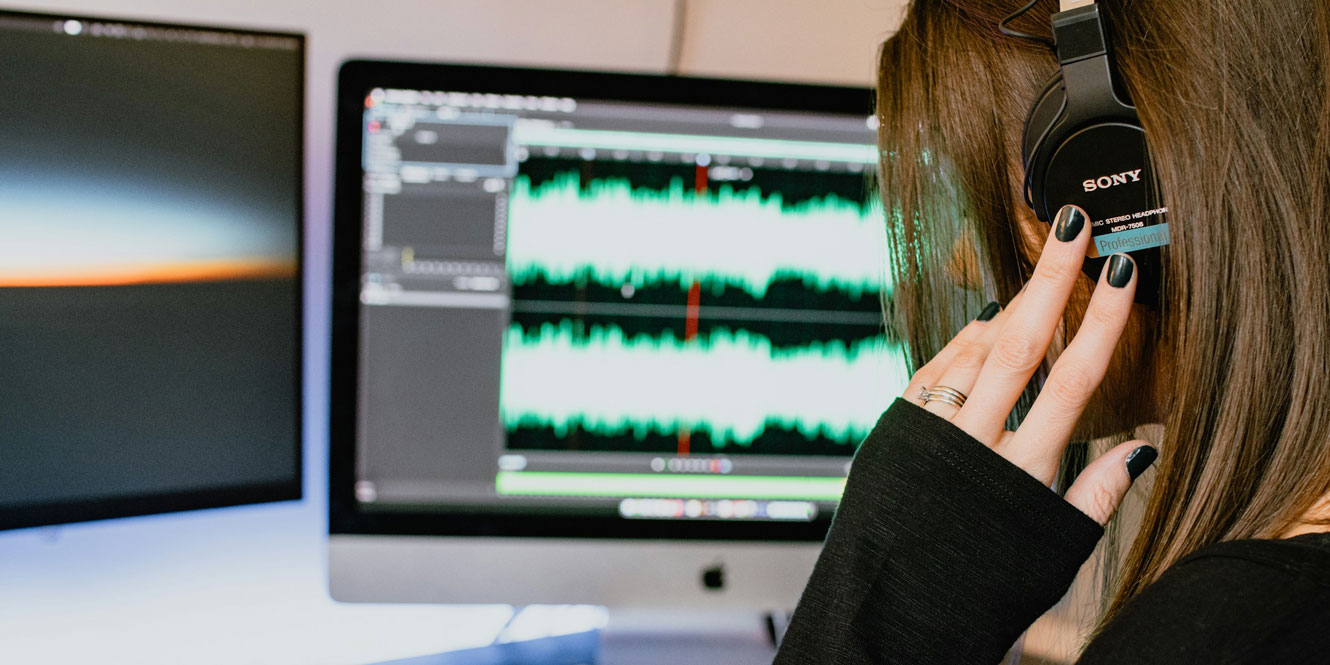
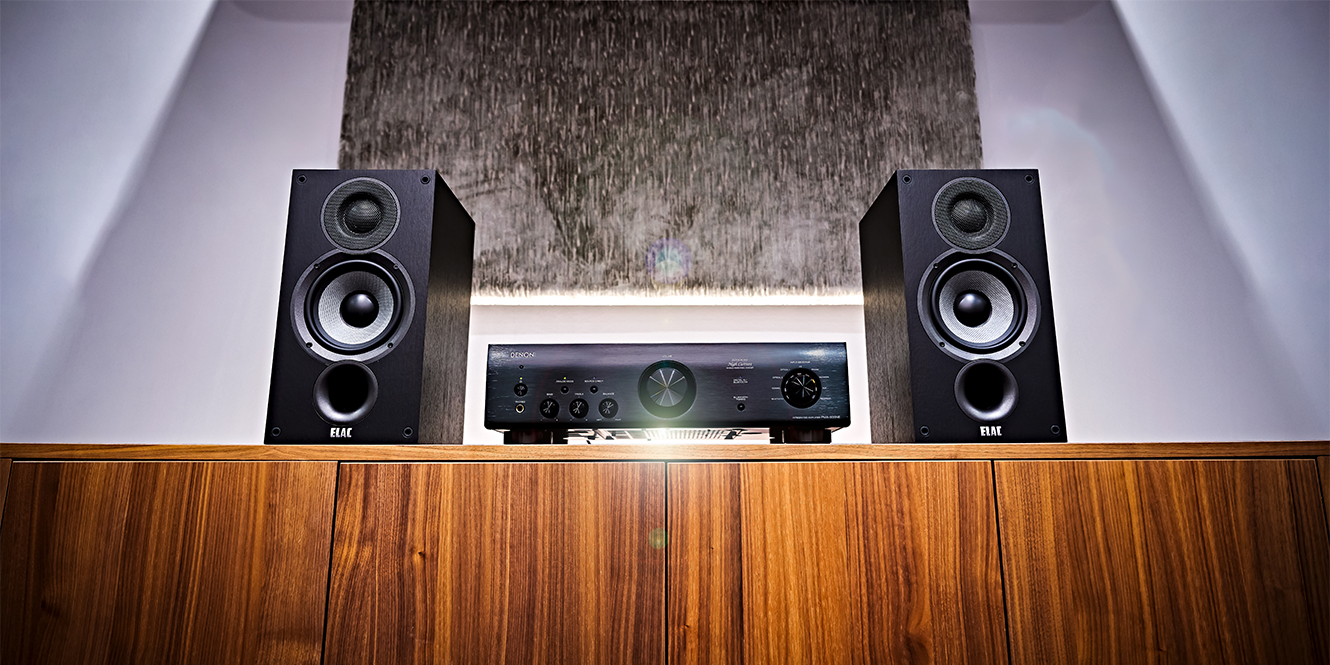

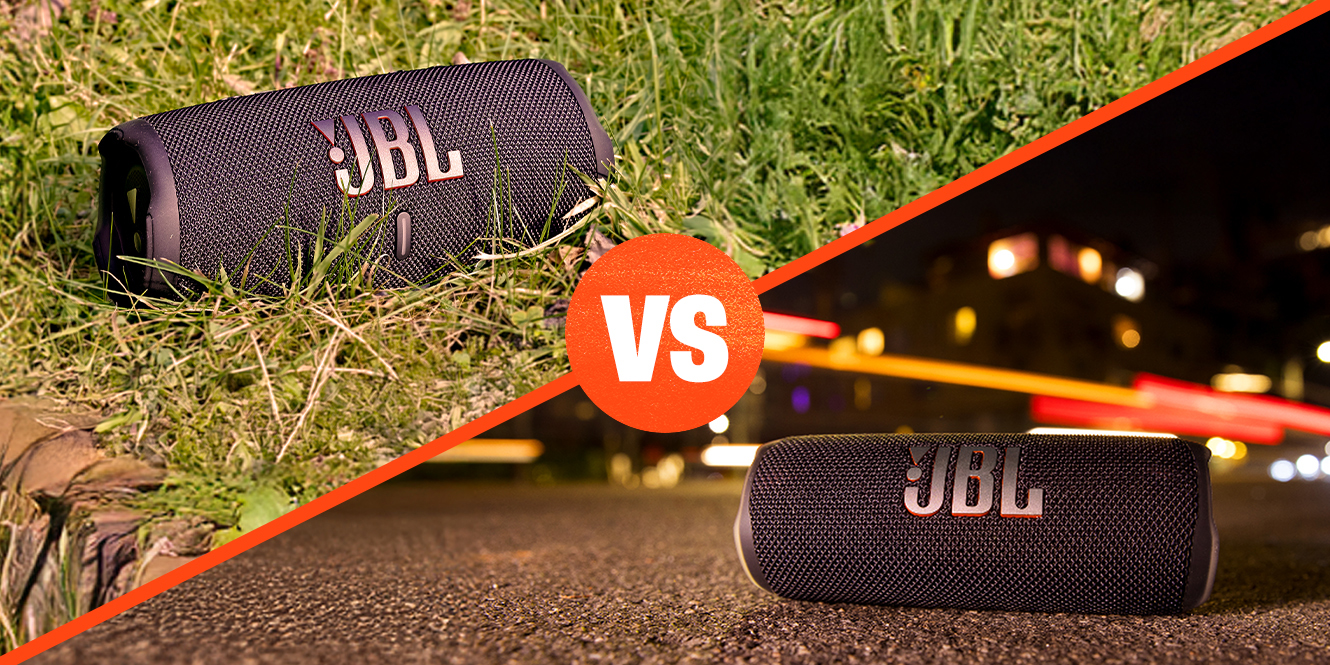
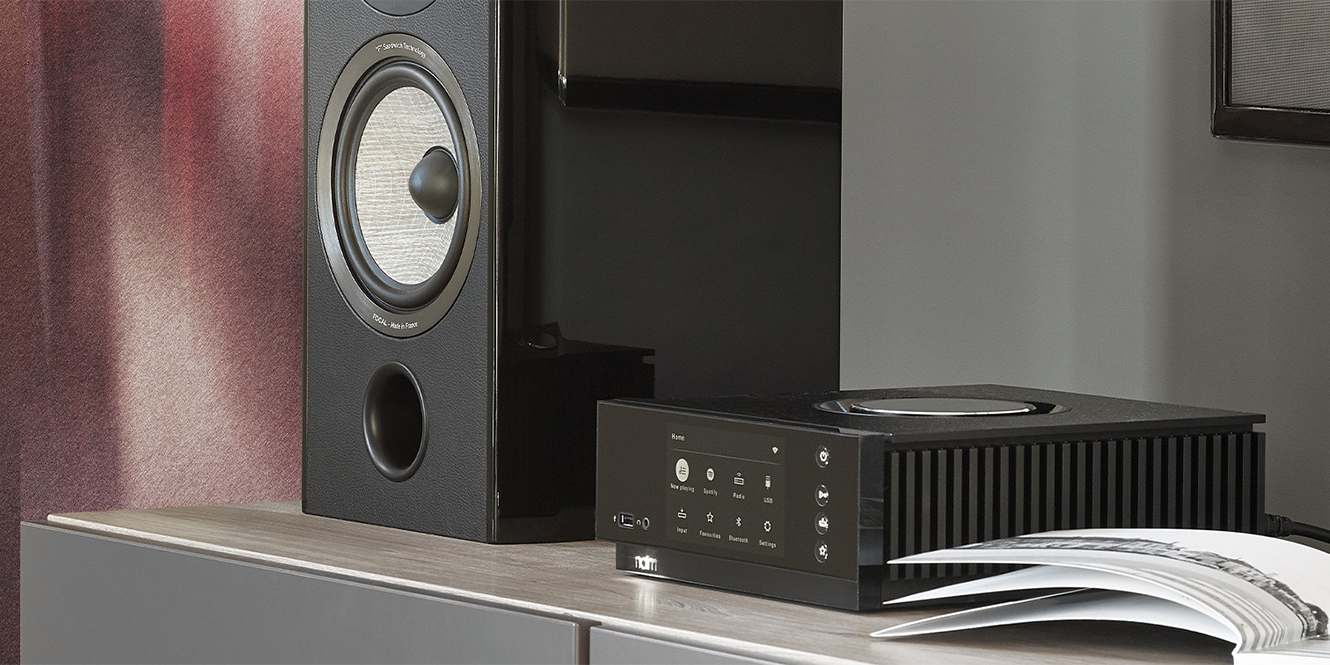






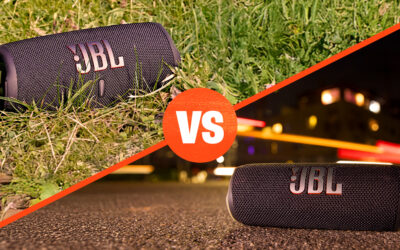
0 Comments